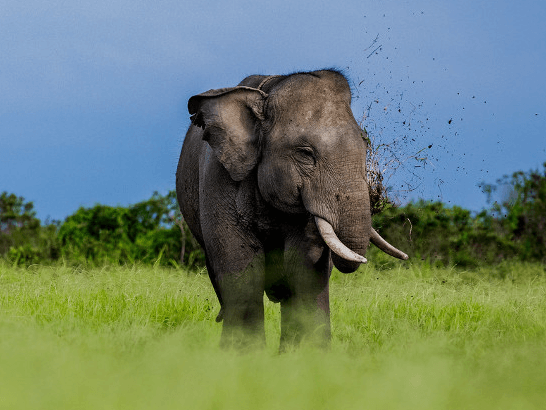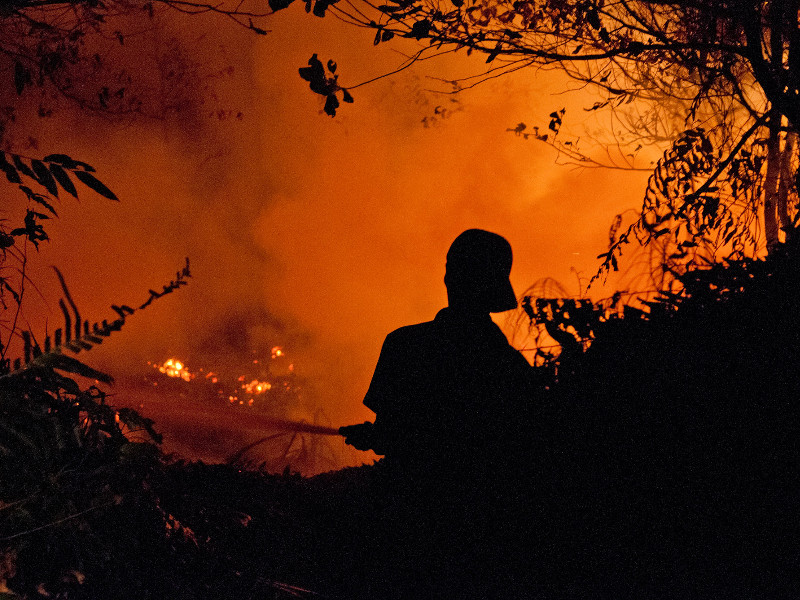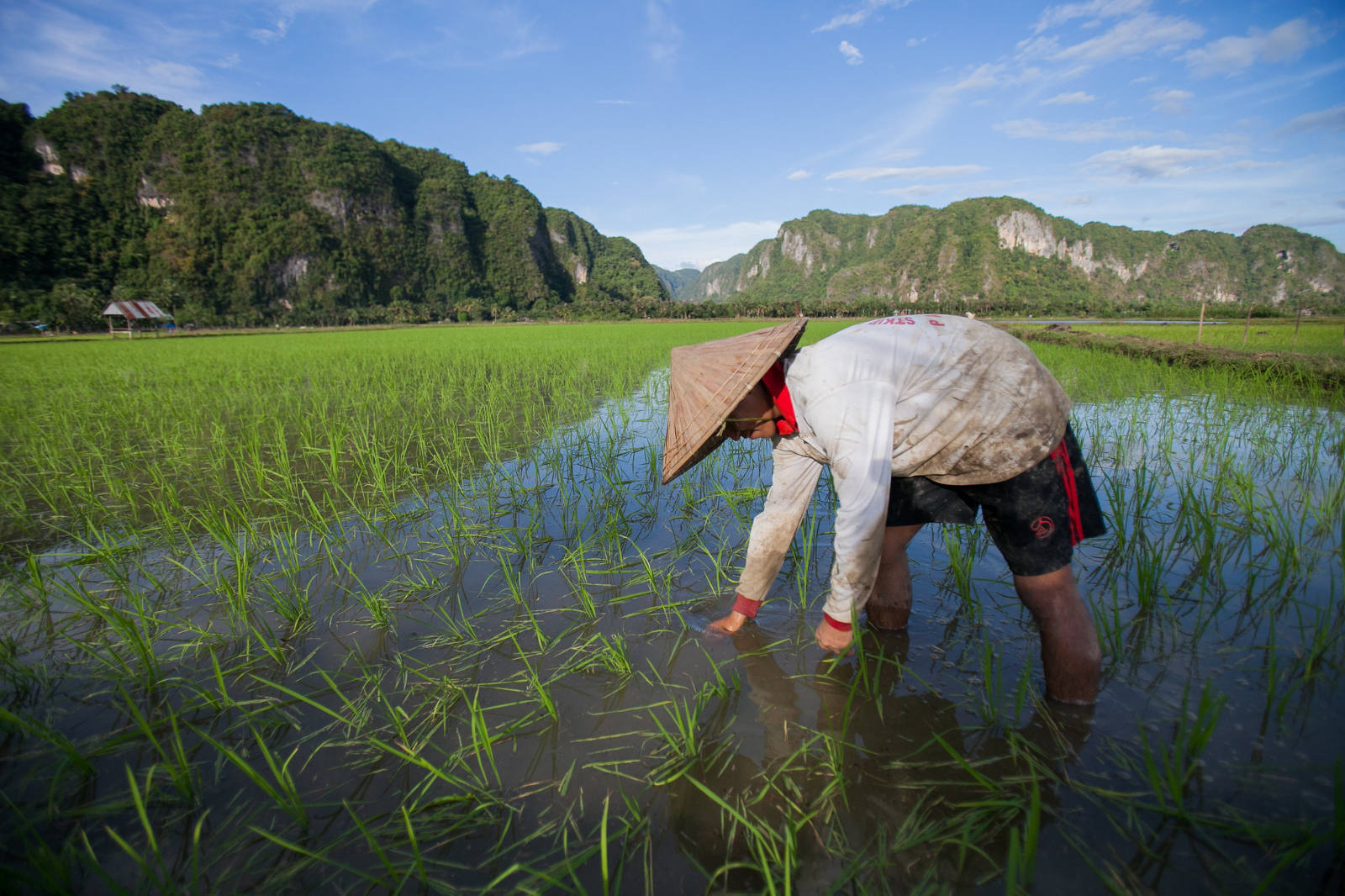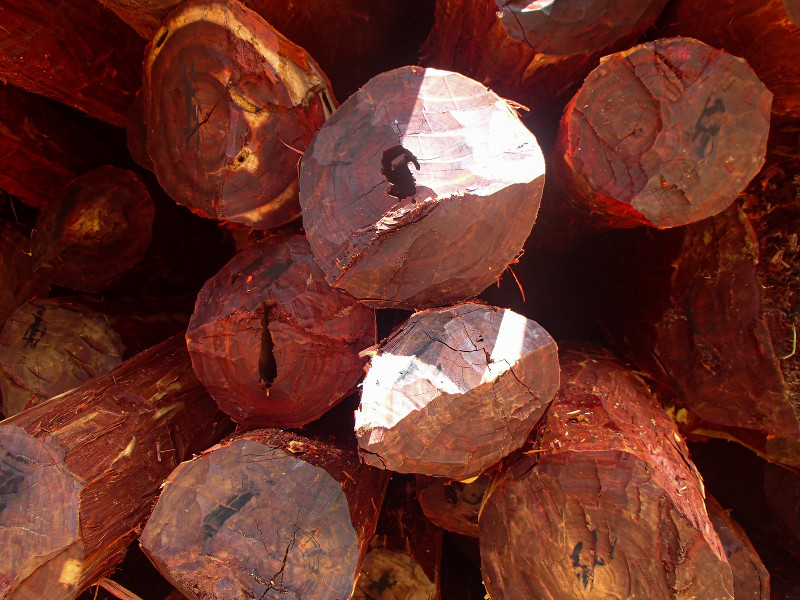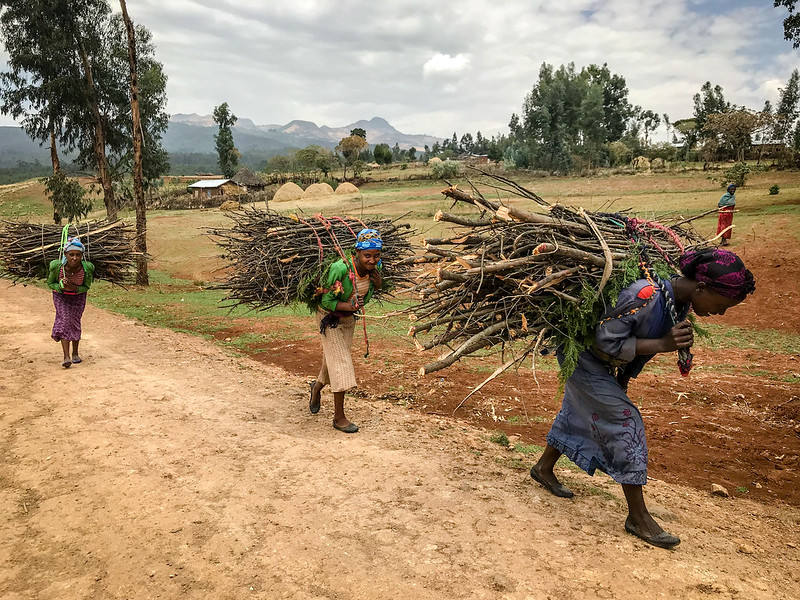Leprosy remains a persistent public health challenge, primarily transmitted human-to-human via respiratory droplets. However, in the tropical Americas, increasing evidence suggests that armadillos serve as zoonotic reservoirs, particularly through direct contact during hunting and handling. While such transmission was previously considered rare and localized, this study provides a spatial analysis of the role of armadillo hunting in leprosy transmission, quantifying its impact on disease prevalence and identifying geographic hotspots for targeted interventions. Using Brazil’s 326,001 reported leprosy cases (2013–2022), researchers applied a pathogeographical approach to study transmission dynamics. The dataset includes 554 hunted armadillos from 175 municipalities and M. leprae prevalence data from 376 armadillo individuals across 97 municipalities, revealing a mean infection rate of 38.5%. Spatial models were developed to assess hunting-related infection risk, integrating socioeconomic, climatic, and environmental factors into a generalized linear model to determine their effects on human leprosy prevalence. Armadillo hunting appears to have a greater role in human leprosy transmission than previously recognized. These findings emphasize the need for wildlife-associated transmission pathways to be incorporated into disease reduction strategies, particularly in tropical regions affected by environmental change and poverty.
DOI:
https://doi.org/10.1186/s40249-025-01301-z
Dimensions Citation Count:

Publication year
2025
Authors
Aliaga-Samanez, A.; Deps, P.D.; Fa, J.E.; Real, R.; Guégan, J-F.; Oliveira, M.A.; Pessutti, A.; Knoop, S.; Bogoni, J.A.; Morcatty, T.Q.; Marques, R.; Jiménez-García, D.; Massocato, G.F.; Desbiez, A.L.; Kluyber, D.; El Bizri, H.R.
Language
English
Keywords
disease transmission, pathogens, zoonoses, hunting, spatial analysis, monitoring, wildlife, animal diseases, disease control, geographical distribution
Geographic
Brazil











